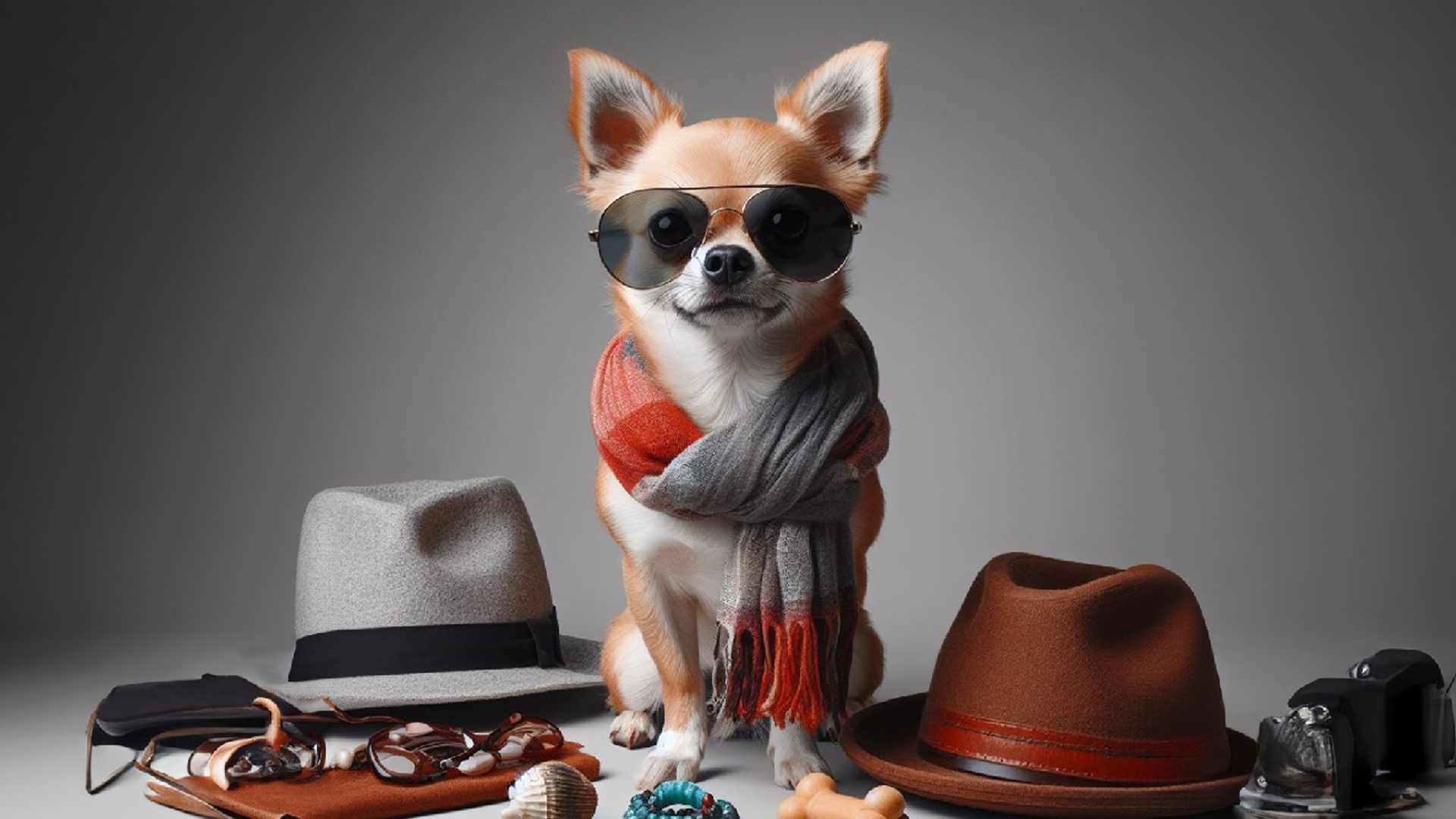Chihuahuas are small, but they have a big history. These dogs are known for their spunky personalities, their loyalty, and their cute appearance. But where did they come from? And how did they become so popular?
Weighing no more than 6 pounds, and standing at about 5 to 8 inches, the Chihuahua is a tiny dog with a grande personality. Just ask anyone. Plus: it's adorable, feisty, and loyal.
But don't call them pocket size, miniature or teacup!
Because, according to the Chihuahua Club of America, an organization founded in 1928 and dedicated to the breed, a Chihuahua is technically none of those things. To say they're extra small or teeny tiny would be, well, dishonest.
So, let's break down the true, and entire, story of Chihuahuas – the sometimes misunderstood, yet always beloved, dog breed described as “saucy,” “graceful,” and “alert.” And did we mention fiercely loyal?
The Origin of the Chihuahua: DNA Reveals the Truth
The Chihuahua got its name from the Mexican state of Chihuahua, located just south of the United States' border.
Even though the breed was discovered in Chihuahua, Mexico, some historians have argued that the Chihuahua may have actually originated in China.
Some breed historians, like those at the family-owned Bil-Jac dog food company's “breed library” claim that the small Chinese Crested dogs were brought to Mexico by Spanish traders in the 1500s.
“Thanks to sailors who brought these small dogs with them on trade journeys, the Chinese Crested's lineage can be traced to port cities throughout the world,” the Bil-Jac library explains. “It is believed that these trading ventures are how the Chinese Crested ended up in Central and South America, where the breed was then introduced to the Aztecs.”
Then again, on the other hand, recent DNA studies (one conducted by a scientific group in the United Kingdom) confirm – without a DNA doubt – a native Mexican origin dating over 1,000 years for the popular Chihuahua.
The scientifically-confirmed Mexican origin story dates the cuddly cuties back to the 9th century, a time when the Toltec people of Tula, Hidalgo, Mexico had small, mute dogs known as the Techichi, the Chihuahua's ancestors.
Unlike today's Chihuahuas, the Techichi were plump and perfect for eating. Seriously. Luckily for the rotund pups, by the time the Aztecs ruled, the small dogs were bred with the Xoloitzcuintli, the Mexican hairless dog and became the non-plump Chihuahuas we know today.
During the Aztecs' rule, the Chihuahuas were held in high regard. They were believed to have magical powers, able to guide their owners – Aztec leaders – into the afterlife.
Sadly, the Chihuahuas had to be slain to join the Aztec royalty after death, buried with their humans. For a time, some historians believe the pups were also used as a type of money/currency, to be traded for goods.
Luckily for the Chihuahua, their magical powers and trading days gave way to the role they play today: household loyal companion. And their popularity soon grew beyond their home country of Mexico thanks to tourists from their northern neighbor, the United States.
Chihuahuas Move to the U.S.
Starting in the 1800s, the pint-sized pets moved north of the border when people in the U.S. started to take an interest in the Mexican Chihuahuas.
And, by 1904, they were officially a registered dog breed by the American Kennel Club, making them the smallest breed in the country, and eventually the world.
Not being great farm dogs for obvious reasons (too tiny), the Chihuahua finally gained its modern day rockstar popularity in the 1960s, during the urbanization of America.
Turns out these cuddly creatures were just the perfect pet for apartment dwellers in the nation's growing city populations. And, by 1964, Chihuahuas became the 12th most popular breed in the country.
And the rest is history. Chihuahua history.
If you love origin stories, then you'll love the Nuestro Stories weekly interactive email newsletter created for curious minds like yours! Sign up today!
Every week, Nuestro Stories takes you beyond the same ol’ same ol’ news of the day with our culture’s biggest mysteries — including lots of facts, pop quizzes, how-to videos, and more





